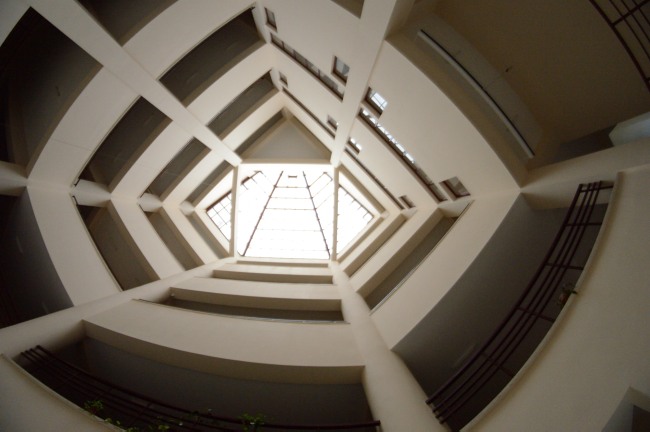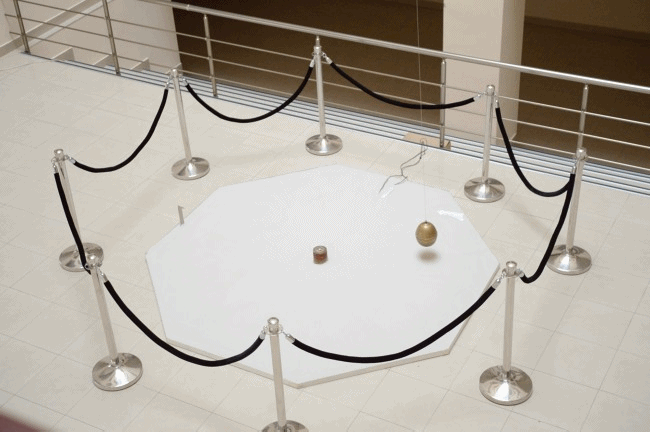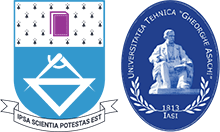The Faculty of Civil Engineering and Building Services is first Romanian institution who has a Foucault pendulum. The pendulum is located in the Atrium of A Building and the inaugural visit was on November 16th, 2012 (University Days 2012).The Foucault pendulum is automatically powered but the movement is not yet monitorized. In the near future will be developed an advanced graphical monitoring system.

The Foucault pendulum (named after the French physicist Léon Foucault), is a simple device conceived as an experiment to demonstrate the rotation of the Earth. While it had long been known that the Earth rotated, the introduction of the Foucault pendulum in 1851 was the first simple proof of the rotation in an easy-to-see experiment. Today, Foucault pendulums are popular displays in science museums and universities.
The experimental apparatus consists of a tall pendulum free to swing in any vertical plane. The actual plane of swing appears to rotate relative to the Earth. At either the North Pole or South Pole, the plane of oscillation of a pendulum remains fixed relative to the distant masses of the universe while Earth rotates underneath it, taking one sidereal day to complete a rotation. So, relative to Earth, the plane of oscillation of a pendulum at the North Pole undergoes a full clockwise rotation during one day; a pendulum at the South Pole rotates counterclockwise.

More information regarding Foucault pendulum are available on Wikipedia.





